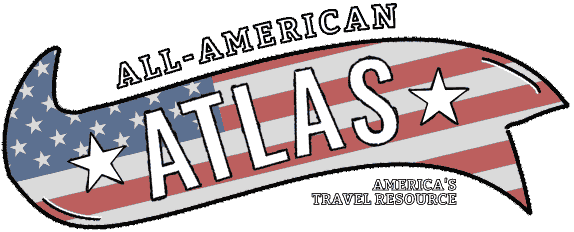From its notoriety as “Big Sky Country” to cowboy culture, if you’ve come wondering, “what is Montana famous for?” or “what is Montana known for?” then you’ve come to the right place!
I’ve traveled extensively around the USA, and I can tell you that Montana is absolute one of America’s most beautiful states and a true hidden gem for anyone looking for friendly people, gorgeous natural landscapes, and some great towns with old-fashioned storefronts and locally-owned restaurants.
Montana is a place of fly fishing, of historic ghost towns, and lots of bison!
Whether you’re just visiting or you’re a local wanting to learn more about your state, read on to find out what foods Montana is famous for, what people Montana is famous for, and so many more things that Montana is known for!
1. Natural Beauty
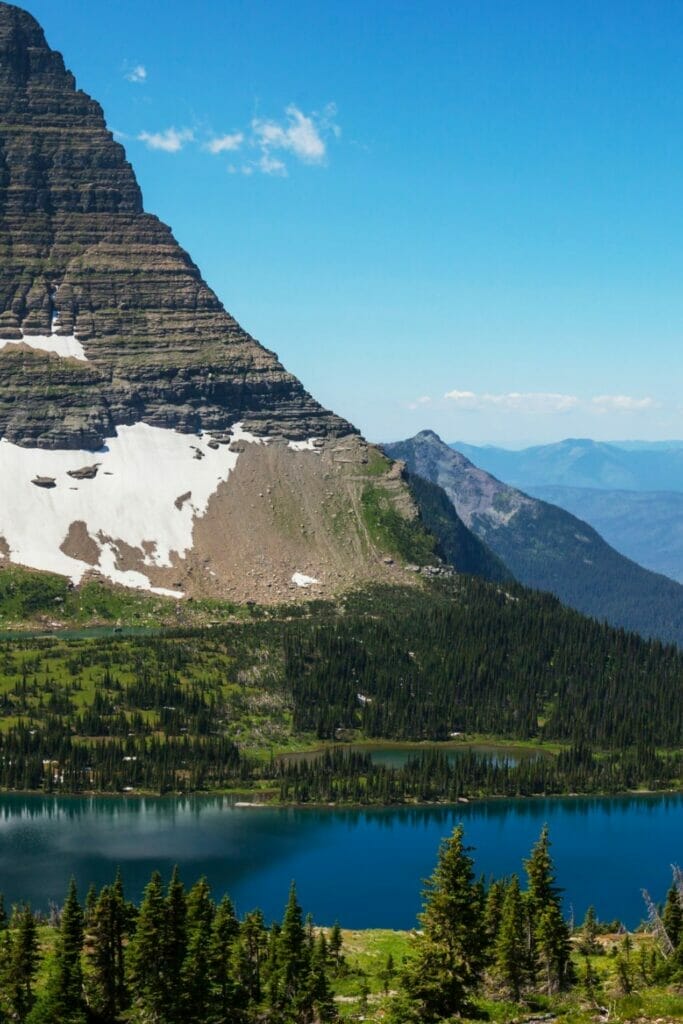
Montana’s natural beauty is an awe-inspiring canvas of diverse landscapes that captivates all who visit.
From the towering peaks of the Rocky Mountains to the sweeping prairies that seem to touch the endless sky, the state’s terrain is a testament to the grandeur of nature.
Its rugged mountains, pristine lakes, and abundant wildlife create a haven for outdoor enthusiasts, photographers, and nature lovers.
2. Glacier National Park

Nestled in the northern reaches of Montana, Glacier National Park is a paradise of snow-capped peaks, turquoise glacial lakes, and lush forests.
This pristine wilderness area is home to over two dozen glaciers, each a remnant of the last ice age.
The park’s iconic Going-to-the-Sun Road offers breathtaking vistas as it winds through the heart of the park, showcasing its diverse ecosystems and striking landscapes.
3. Yellowstone National Park

While a significant portion of Yellowstone lies in Wyoming, Montana’s southern border is home to a remarkable section of the world’s first national park.
Yellowstone is renowned for its geothermal wonders, including the iconic Old Faithful geyser, as well as its incredible wildlife, from bison and elk to wolves and bears.
The park’s geysers, hot springs, and colorful pools showcase the dynamic forces shaping our planet’s surface, offering a glimpse into the Earth’s fiery core.
4. Big Sky Country

Montana’s nickname, “Big Sky Country,” aptly captures the vastness of its landscapes and the expanses of open sky that seem to stretch forever.
The unobstructed views of the horizon create a feeling of freedom and connection with the natural world.
This nickname embodies the state’s essence, as it’s a place where you can experience the beauty of sunrise and sunset painting the sky with vivid colors over sweeping prairies or towering mountains.
5. Wildlife
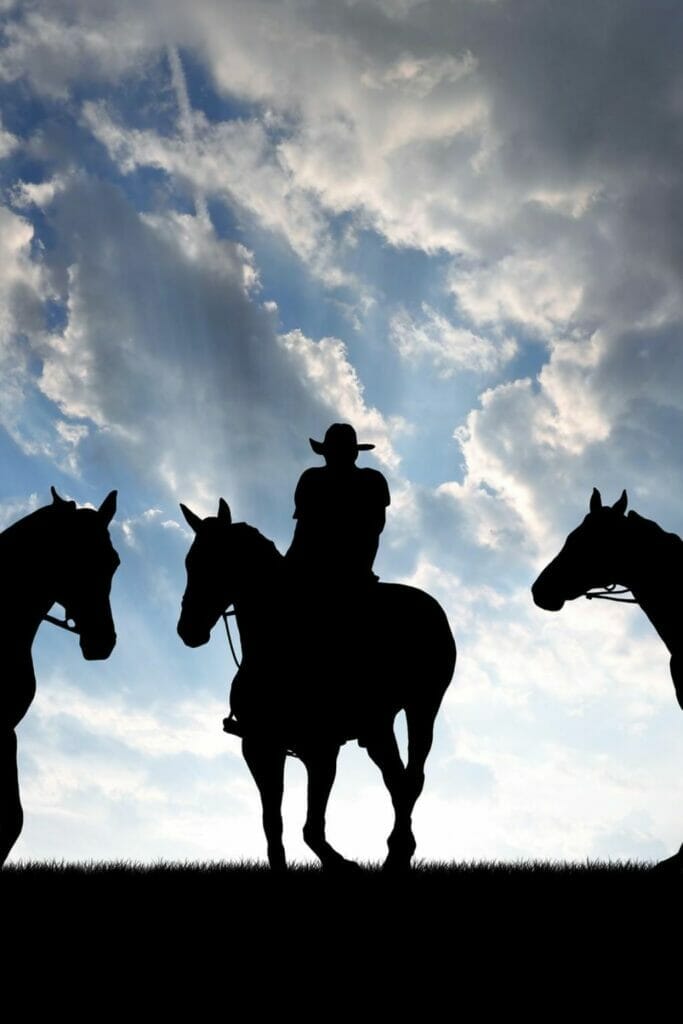
Montana’s wild inhabitants are as diverse as its landscapes.
From the majestic bison grazing on the plains to the elusive wolves roaming the mountains, the state is a haven for wildlife enthusiasts and conservationists alike.
Grizzly bears and black bears call the forests home, and elk herds are a common sight.
6. Outdoor Recreation
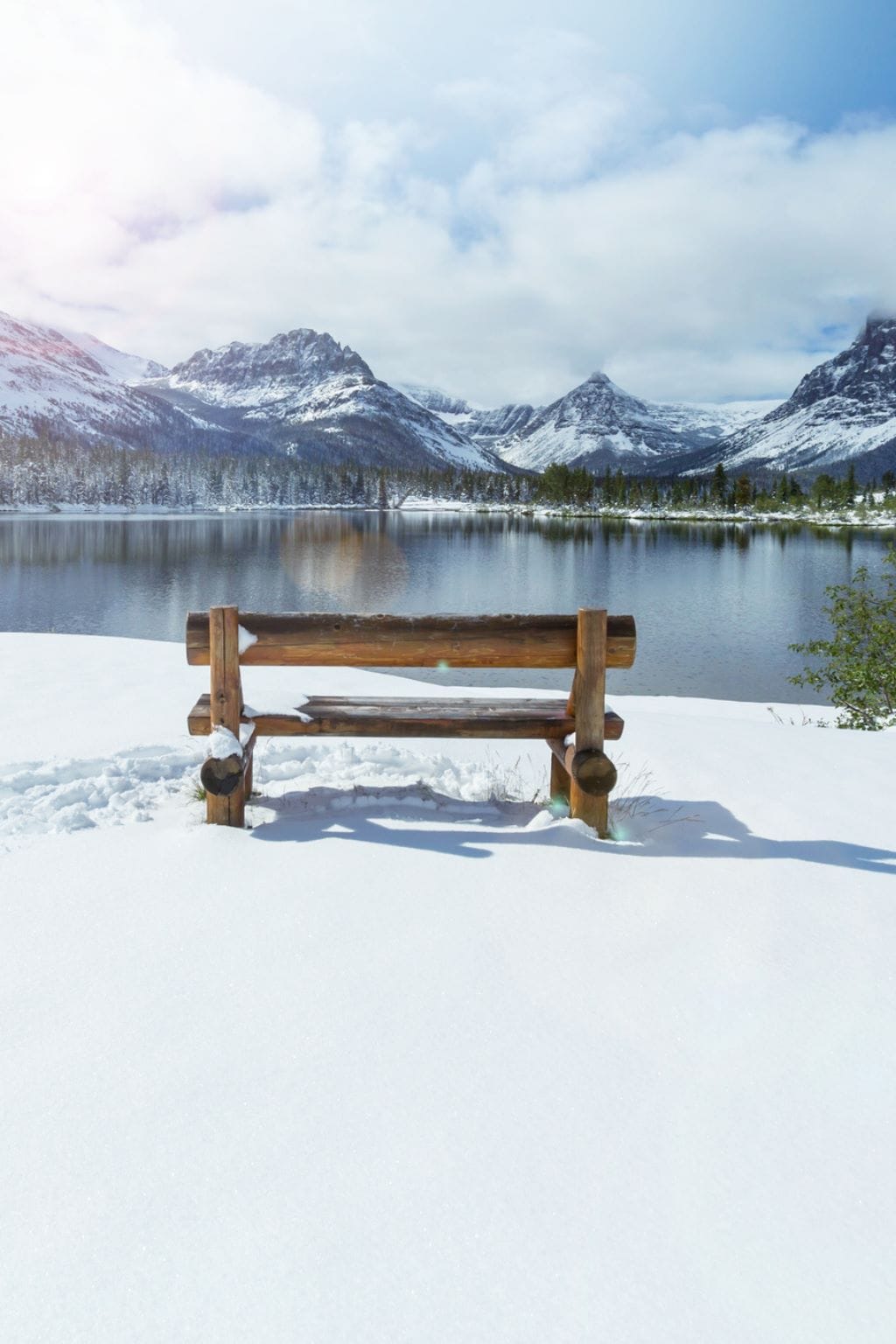
Montana’s outdoor playground offers something for every adventure seeker.
The state’s rugged terrain provides endless opportunities for hiking, rock climbing, and backcountry exploration.
The numerous rivers and lakes are ideal for fishing, boating, and kayaking.
During winter, skiing, snowboarding, and snowmobiling become the main attractions, drawing enthusiasts to the snowy slopes of the Rockies.
7. Rodeos
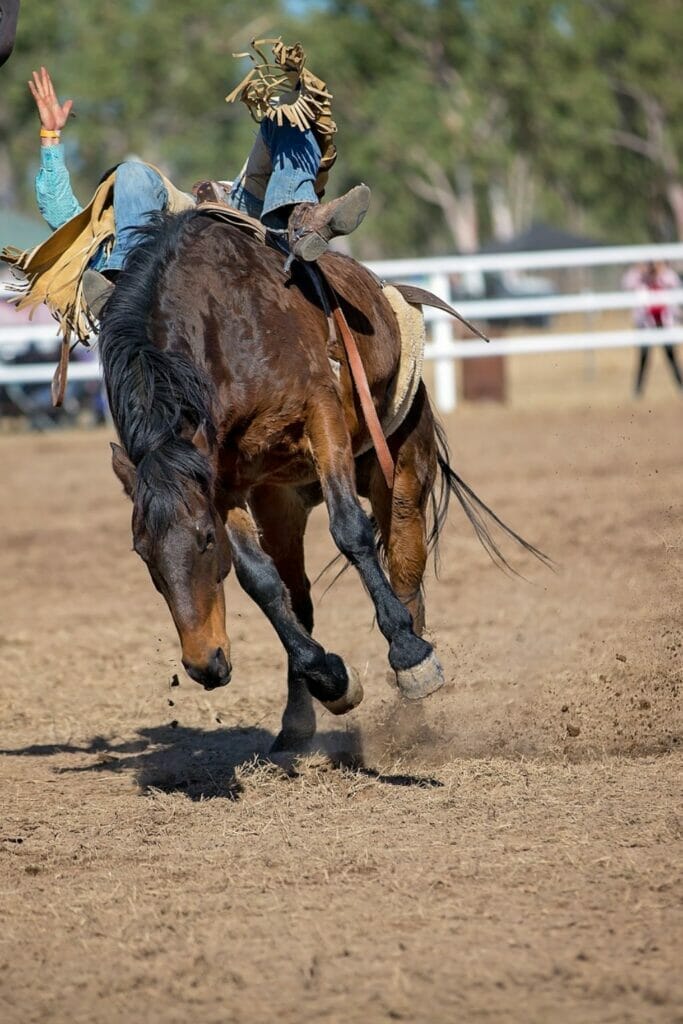
Rodeo culture is deeply ingrained in Montana’s history and identity.
These events celebrate the traditions of ranching and horsemanship, allowing spectators to witness skilled cowboys and cowgirls competing in events like bull riding, steer wrestling, and barrel racing.
Rodeos provide a window into Montana’s cowboy heritage, where hard work and determination are valued traits.
8. Native American Culture

Montana has a rich and diverse Native American heritage, with several tribes calling the state home for centuries.
Tribes like the Blackfeet, Crow, and Salish have a profound connection to the land and have left their mark through art, traditions, and storytelling. Powwows and cultural events showcase traditional dances, regalia, and crafts, offering outsiders a glimpse into the deep-rooted culture and history of Montana’s native peoples.
9. Lewis and Clark Expedition
Montana’s role in the Lewis and Clark Expedition, one of the most significant journeys of exploration in American history, is a testament to the state’s historical significance.
The Corps of Discovery passed through Montana as they traveled westward, encountering challenging landscapes, meeting indigenous tribes, and documenting the flora and fauna of the region.
10. Mining History

Montana’s history is closely intertwined with the mining industry, which played a vital role in shaping the state’s economy and development.
Copper mining, in particular, was a major driver of Montana’s growth, with places like Butte being known as the “Richest Hill on Earth” due to its extensive copper deposits.
11. Ghost Towns

Montana’s ghost towns stand as haunting reminders of its mining history.
These towns, which were once bustling with activity during the height of the mining boom, now evoke a sense of nostalgia and curiosity.
Walking through the streets of these abandoned settlements, visitors can glimpse into the past, imagining the lives of the people who once inhabited these places.
12. Montana State University
Located in Bozeman, Montana State University (MSU) is a hub of education and research.
The university’s academic programs span a wide range of disciplines, and its commitment to innovation and discovery makes it a notable institution in the state.
13. University of Montana
Situated in Missoula, the University of Montana (UM) is another prominent higher education institution in the state.
Known for its academic excellence and vibrant campus life, UM offers a variety of programs and opportunities for students to engage in research, arts, sports, and community service.
14. Cowboy Culture

Montana’s cowboy culture is a living testament to the spirit of the American West.
The values of hard work, self-reliance, and respect for the land are embodied in the lives of modern-day cowboys and ranchers.
Rodeos, cattle drives, and ranching traditions provide a glimpse into this way of life, while cowboy poetry and art celebrate the challenges and triumphs of living and working in the rugged landscapes of Montana.
15. Glacial Lakes
Montana’s glacial lakes offer tranquility and beauty that’s hard to match.
These lakes, formed by retreating glaciers, reflect the surrounding mountains and skies, creating stunning vistas.
Lakes such as Flathead Lake and Seeley Lake provide opportunities for boating, fishing, swimming, and simply taking in the serene landscapes.
16. Bitterroot Valley
Nestled between the Bitterroot and Sapphire Mountains, the Bitterroot Valley is a picturesque region known for its fertile farmland, charming communities, and outdoor recreational opportunities.
The valley’s idyllic setting makes it a popular destination for those seeking a blend of natural beauty and small-town charm.
17. Montana’s State Symbols
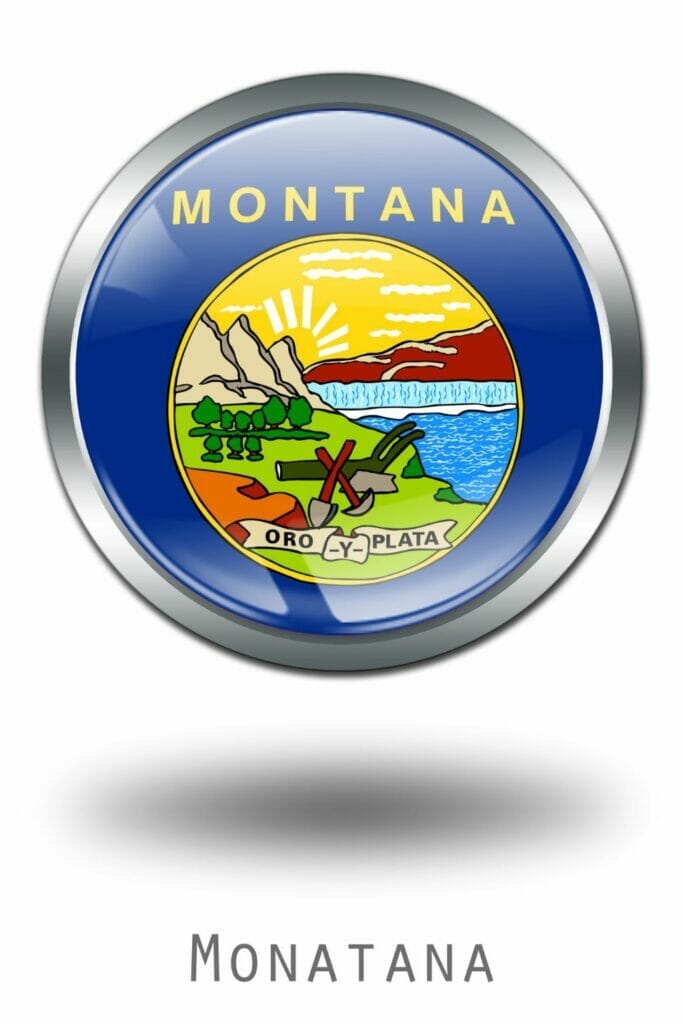
Montana’s state symbols embody the essence of the state’s identity and heritage.
The grizzly bear, for instance, represents the strength and resilience of Montana’s wilderness, while the bighorn sheep symbolizes the rugged landscapes that these animals inhabit.
The bitterroot flower, a tough and resilient plant that blooms in spring, is a metaphor for the state’s ability to thrive in challenging conditions.
18. Fly Fishing

Montana’s rivers and streams are a haven for fly fishing enthusiasts from around the world.
The state’s cold, clear waters provide an ideal habitat for trout, and its reputation as a premier fly fishing destination draws anglers seeking a challenge and a connection with nature.
From the iconic Madison River to the pristine waters of the Blackfoot River, Montana’s fly fishing opportunities are both abundant and unforgettable.
19. Montana Historical Society
The Montana Historical Society plays a crucial role in preserving and sharing the state’s history.
Through exhibitions, collections, and educational programs, the society ensures that Montana’s stories are passed down through generations.
20. National Bison Range
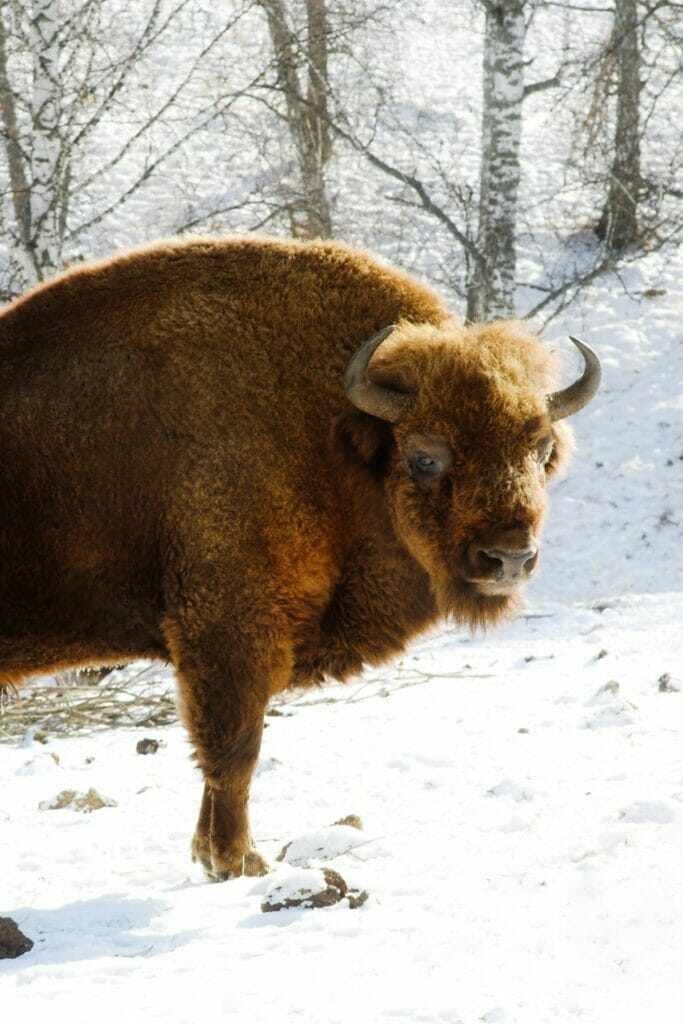
Located in the Mission Valley, the National Bison Range is a testament to conservation efforts aimed at protecting the American bison.
The range provides a safe haven for a population of bison, allowing visitors to observe these iconic creatures in a natural setting.
21. Montana Folk Festival
The Montana Folk Festival is an annual celebration of traditional music, dance, crafts, and food.
This vibrant event showcases the diverse cultures that have contributed to Montana’s identity, including Native American, European, and other cultural influences.
22. Charming Small Towns
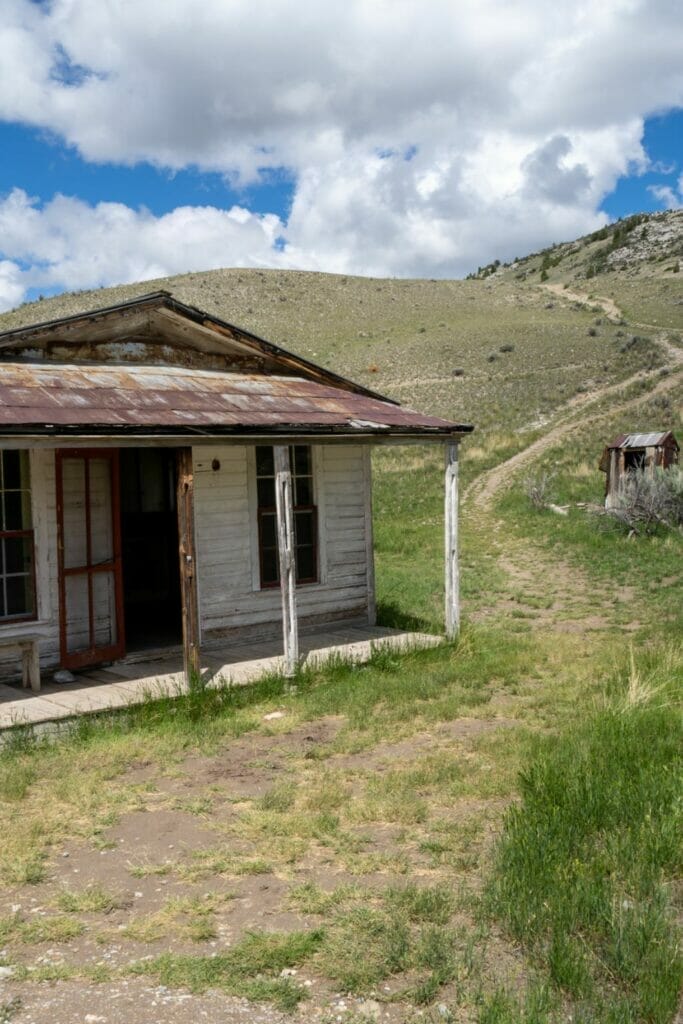
Montana’s small towns exude charm and authenticity, offering a glimpse into the state’s slower-paced, community-oriented way of life.
Places like Whitefish, with its alpine beauty and welcoming atmosphere, and Livingston, known for its artistic spirit and proximity to Yellowstone, capture the essence of Montana’s small-town allure.
23. Custer’s Last Stand
The Battle of Little Bighorn, famously known as Custer’s Last Stand, is a pivotal historical event that took place in Montana.
This battlefield serves as a memorial to the Native American warriors who fought to defend their way of life against the encroachment of settlers and the U.S. Army.
24. National Forests

Montana’s national forests encompass vast stretches of pristine wilderness, providing opportunities for outdoor recreation, wildlife habitat, and ecological preservation.
Forests like the Lolo National Forest and the Gallatin National Forest are havens for hikers, campers, and nature enthusiasts.
25. Montana Tech
Montana Tech, located in Butte, specializes in engineering, science, and technology education.
Its focus on preparing students for careers in fields like mining, engineering, and geology reflects Montana’s historical ties to the mining industry.
The university’s programs contribute to the state’s technological advancements and provide graduates with the skills needed to address complex challenges in various sectors.
26. Pictograph Cave State Park
Pictograph Cave State Park holds the secrets of ancient cultures through its rock paintings and archaeological sites.
The caves’ pictographs, created by Native American tribes thousands of years ago, offer a glimpse into their spiritual and cultural practices.
27. Montana’s Big Five

Montana’s Big Five refer to five iconic animals—bison, elk, deer, antelope, and bighorn sheep—that embody the state’s wildlife diversity and contribute to its natural beauty.
These animals are not only symbols of Montana’s landscapes but also vital components of its ecosystems.
Want to know what things the other US states are known for? Check out our other guides!
- Interesting Things Alabama is Known For
- Interesting Things Alaska is Known For
- Interesting Things Arizona is Known For
- Interesting Things Arkansas is Known For
- Interesting Things California is Known For
- Interesting Things Colorado is Known For
- Interesting Things Connecticut is Known For
- Interesting Things Delaware is Known For
- Interesting Things Florida is Known For
- Interesting Things Georgia is Known For
- Interesting Things Hawaii is Known For
- Interesting Things Idaho is Known For
- Interesting Things Illinois is Known For
- Interesting Things Indiana is Known For
- Interesting Things Iowa is Known For
- Interesting Things Kansas is Known For
- Interesting Things Kentucky is Known For
- Interesting Things Louisiana is Known For
- Interesting Things Maine is Known For
- Interesting Things Maryland is Known For
- Interesting Things Massachusetts is Known For
- Interesting Things Michigan is Known For
- Interesting Things Minnesota is Known For
- Interesting Things Mississippi is Known For
- Interesting Things Missouri is Known For
- Interesting Things Nebraska is Known For
- Interesting Things Nevada is Known For
- Interesting Things New Hampshire is Known For
- Interesting Things New Jersey is Known For
- Interesting Things New Mexico is Known For
- Interesting Things New York is Known For
- Interesting Things North Carolina is Known For
- Interesting Things North Dakota is Known For
- Interesting Things Ohio is Known For
- Interesting Things Oklahoma is Known For
- Interesting Things Oregon is Known For
- Interesting Things Pennsylvania is Known For
- Interesting Things Rhode Island is Known For
- Interesting Things South Carolina is Known For
- Interesting Things South Dakota is Known For
- Interesting Things Tennessee is Known For
- Interesting Things Texas is Known For
- Interesting Things Utah is Known For
- Interesting Things Vermont is Known For
- Interesting Things Virginia is Known For
- Interesting Things Washington is Known For
- Interesting Things West Virginia is Known For
- Interesting Things Wisconsin is Known For
- Interesting Things Wyoming is Known For
Get the All-American Travel Secrets!
Don't miss out on America's hidden gems!
